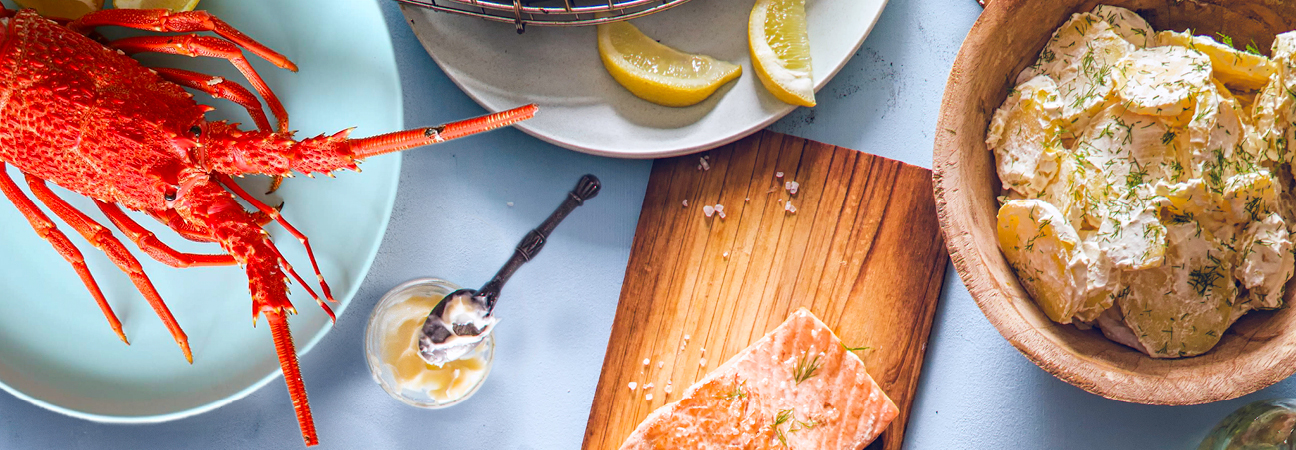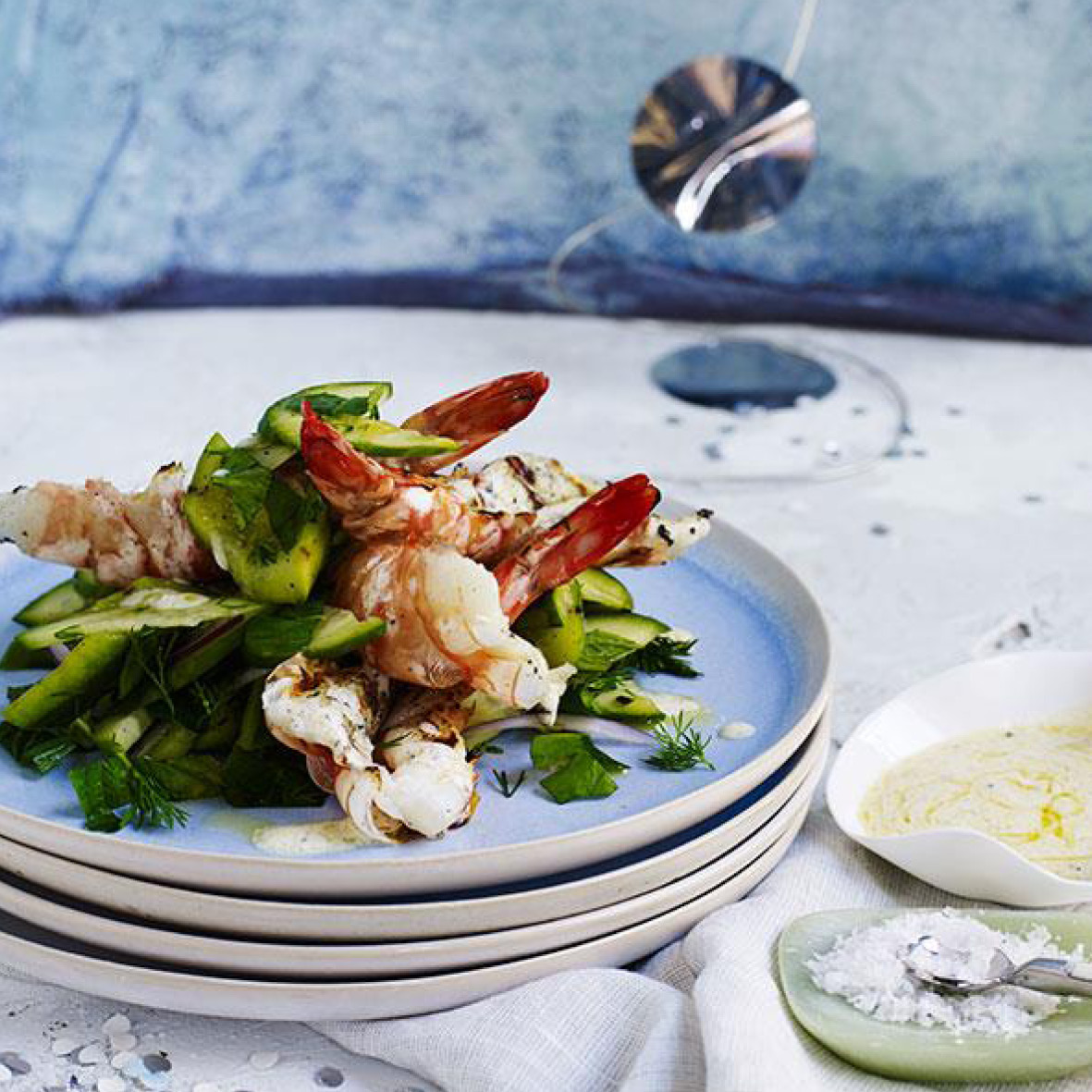Friday Fish … why do we eat fish on Good Friday?

Do you wonder why we eat fish on Good Friday? We explain this Easter food tradition and give you some inspiration for your Good Friday spread.
Easter is very early this year, with Good Friday falling on Friday 29th March. Being a public holiday, it’s the perfect day to prepare a feast and enjoy the abundance of Tasmania’s seafood. With any luck we’ll have great weather, and everything will be set for a relaxing lunch in the Autumn sunshine, featuring a pile of prawns, a platter of oysters and a crayfish or two with a crisp glass of chilled Tassie Sauvignon Blanc to go with it.
But why is fish the traditional choice on Good Friday?
In the Catholic tradition, fish, being cold-blooded, is permitted during Lent, the 40-day period of abstinence prior to Easter, and is traditionally served on Good Friday. On this day Christians commemorate the crucifixion of Jesus Christ who sacrificed his own flesh and blood for the sins of mankind. To acknowledge this sacrifice, the Vatican decreed that Christians should abstain from eating meat on this day, and this rule was followed for hundreds of years, with fish eaten instead. In the Bible, fish are symbolic of Christ’s followers, many of whom were fishermen. Today, regardless of whether you’re religious or not, many choose to eat fish on Good Friday. In England it’s a day for fish and chips and worldwide, people gather around festive dishes of salmon, prawns, lobsters or whatever seafood is the speciality of their region.
In Tasmania we are spoilt for choice: in our own waters we have crayfish, oysters, salmon, trout, scallops, flathead, gummy shark, pink ling and trevalla in abundance (and all available for order on our Easter Order Form). From further afield we have secured wonderful extra-large tiger prawns from Crystal Bay in far north Queensland and blue swimmer crabs from Victoria, also available for pre-order via our Easter Order Form.
For Good Friday inspiration here are some fabulous seafood recipes from Hill Street’s recipe collection:
- Oysters four ways
- Oysters Rockefeller
- Oysters Kilpatrick
- Oysters with Gin and Tonic Granita
- Scallops with coriander and lemon butter sauce
- Scallop Gratin
- Prawn and Avocado Salad
- Prawn Cocktails with Smoky Mayonnaise
- Barbecued Prawns and Pickled Cucumber
- Crayfish with Chilli Butter
- Crayfish Mornay
- Seafood Platter with Coriander and Tarragon Salsa Verde and Lemon Paprika Dressing
- Smoked Salmon and Crayfish Terrine
- Flathead with Herb Crumble
- Battered Gummy Shark with Homemade Chips
- Oven-baked Pink Ling Gratin
- Pink Ling with Garlic Butter and Lemony Asparagus
- Crispy Skin Salmon with Potato and Dill Salad
- Baked Whole Salmon with Green Herb Mayonnaise


